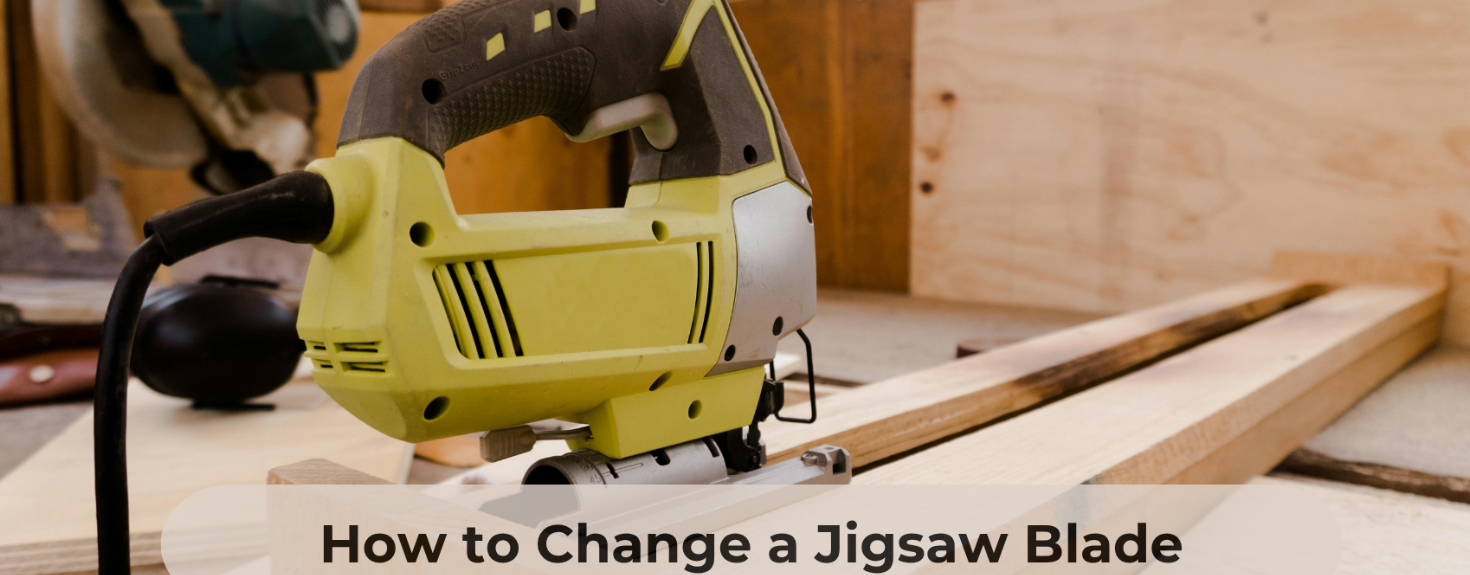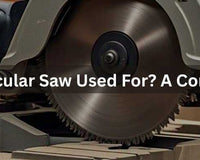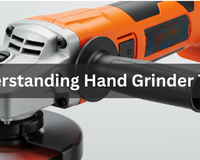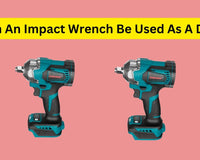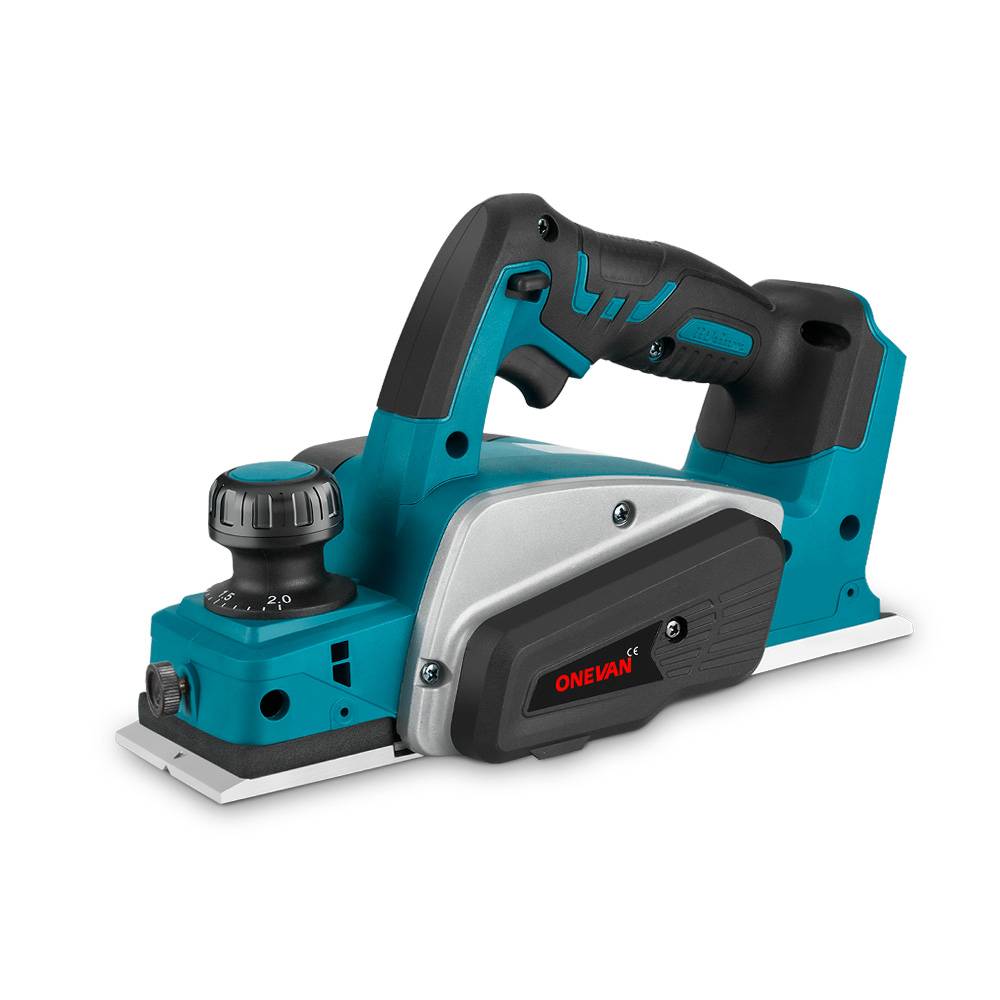Jigsaw is a powerful and adaptable tool commonly used in woodworking and various DIY projects. It enables the user to make precise curved cuts, plunger cuts, and patterns on diverse materials including wood, metal, plastic, and tile. A is a must-have tool in any toolkit, as long as it is equipped with the correct blade and used properly.
But as is usual with any cutting machine, jigsaw blades will blunt, bend, or break eventually. There are also a variety of tasks and materials that require different blades. That's why understanding how to change a jigsaw blade is crucial. As a professional tradesman or a DIY weekend warrior, you will be much safer and more efficient and correct in knowing how to change blades in your machine to ensure both your safety and the lifespan of your equipment.
In this tutorial, you will learn how to change the jigsaw blades of gas-powered, cabled, and battery jigsaws, including the most effective tips, common errors to avoid, and safety recommendations. You will also learn when to replace the blades and how to select the right one for your material and jigsaw type. When high-performance brands like ONEVAN are involved, this guide will give you the best bang for your buck. Keep reading to learn how to replace a jigsaw blade and how to change the blade on a jigsaw.
1. Types of Jigsaws
Various jigsaw models depend on multiple uses. Understanding the differences between gas, corded, and cordless jigsaws will guide you in the correct blade change processes and help you select the most suitable jigsaw for your project.
Gas-Powered Jigsaws
Description
Gas jigsaws are typically used in industrial or construction settings with limited or no access to electricity. A combustion engine powers these devices, making them highly portable and raw-powered. They are perfect for use in outdoor or remote work sites, but require more maintenance compared to electric ones.
Use Cases:
Site heavy work
- Long-distance construction Works
- Framing and woodwork outdoors
Their power level will enable users to penetrate solid materials, although this may result in louder and heavier devices. Blade replacement is different due to its combustion nature.
Corded Jigsaws
Description
The corded jigsaws are electrically powered jigsaws and can be directly plugged into a wall socket. They deliver uninterrupted power, making them very useful for extended periods of work without the need for recharging.
Use Cases:
- Workshop projects
- Furniture making
- Home renovations
Professionals and hobbyists alike love using these jigsaws because it is very reliable. They are generally lighter than gas-driven counterparts, and many models feature tool-free blade-changing systems, depending on the specific model and brand.
Cordless Jigsaws
Description
Cordless jigsaws operate on rechargeable batteries, and they provide optimum flexibility of motion. New cordless jigsaws, such as those manufactured by ONEVAN, have brushless motors that run more efficiently and longer, according to the manufacturers.
Use Cases:
- Mobile jobs
- Home fixes in a hurry
- Furniture assembly IKEA
Now, you must be clear, what is a jigsaw blade? DIYers particularly appreciate using cordless models due to their lightweight and portability. Mostly, they will also have user-friendly, quick-change blade mechanisms that are tool-free.
2. How to Change a Jigsaw Blade
The correct way to change a jigsaw blade implies preparation, safety, and caution. The general idea is as follows: the old blade is removed, and a new one gets put in, yet the procedure varies depending on the jigsaw. Keep reading to learn how to change the jigsaw blade.
Steps to Follow Before Replacing a Jigsaw Blade
Get the tools and materials required
To safely and correctly replace the jigsaw blade, you will need:
- New blade (the one to fit your jigsaw model, T-shank or U-shank)
- Screwdriver (in case you need one to work with your clamp mechanism)
- Safety goggles
- Work gloves
- Tool maintenance: brush or cloth
Safety Precautions
The most important consideration at any blade replacement process is safety. Do the following.
- Eliminate power: Take the following safety precautions: Eliminate power by unplugging corded models, removing batteries from cordless models, and disconnecting spark plug leads from gas-powered jigsaws.
- Protective apparel: apply gloves to prevent cuts on your hands and goggles to block dust in your eyes.
- Do not touch any part of the jigsaw until it has cooled down to avoid burns or injury.
3. How to Change a Jigsaw Blade
Step-by-Step Guide to Changing a Gas-Powered Jigsaw Blade
Compared to gas-powered jigsaws that are engine-driven, they are more demanding in maintenance.
Step 1: Safety Precautions
Find the spark plug and lead wire, and remove them to prevent accidental starting of the jigsaw while changing the blade.
Step 2: Loosen the Clamp
You may need a screwdriver to loosen screws and attach the clamps, depending on your jigsaw. There are models with a lever-type clamp.
Step 3: Remove the Old Blade
Take a firm hold of the blunt end of the old blade and remove it from the clamp. Dispose of it properly, especially if it is broken or bent.
Step 4: Insert the New Blade
Insert the new blade so that the teeth are facing downward and outward. Force it in place until it won't go any farther or you hear a click.
Step 5: Reassemble and Confirm Lock
Put the spark plug lead back in after making sure that the blade is locked.
Step 6: Cleaner After Blade Replacement
Areas to be cleaned:
- Blade clamp
- Exhaust port
- Spark addition space
- Engine housing
Cleaning Method:
Use a dry brush to remove dust and debris from the jigsaw's components.. On hard stains, apply a cloth that has a mild solvent. With the above step-by-step method, you can easily understand how to remove the jigsaw blade.
Step-by-Step Guide to Changing a Corded Jigsaw Blade
Corded jigsaws are comparatively simple to take care of and also have tool-free blade changes.
Step 1- Disconnect the Jigsaw
Before doing this, completely cut the power supply.
Step 2: Discover the Blade Release Mechanism
In many newer models, the ejection of the blade can be done using a well-spring-loaded lever. The older models might need a screwdriver.
Step 3: Take Out the Old Blade
Set the clamp open and draw out the old blade. If it does not come out, turn it slightly here and there, applying pressure upwards.
Step 4: Insert the New Blade
Put the new blade in the correct position and force it into the clamp. The blade is to be locked tightly.
Step 5: Lock up the Blade
Make sure that the blade is clamped firmly. A blade that rotates loosely may cause deadly kickbacks or even misaligned cuts.
Step 6: Cleaning Corded Jigsaw
During the cleaning process, check the following areas:
- Blade holder
- Motor vents
- Baseplate
Cleaning Method:
Dust up the outside—dust vents by blowing them out with compressed air.
Step-by-Step Guide to Changing a Cordless Jigsaw Blade
The quick-change blade system is also featured in other cordless Jigsaw, such as the ONEVAN 135mm Brushless Cordless Jigsaw, which makes the process less cumbersome.
Step 1: To Safely Remove the Battery
The battery should be removed each time to prevent accidental activation.
Step 2: Getting to the Blade Clamp
Find the tool-free method of blade release, usually a version of a lever or a dial, either on the side or the top of the tool.
Step 3: Take Out the Old Blade
Pull out the blade by lifting the release lever.
Step 4: Insert the New Blade
Fit the new blade into the clamp with the teeth pointing forward, towards the front of the jigsaw. Free the lever to lock it.
Step 5: Lock the blade
Pull out the blade slightly to ensure that it is well fastened.
Step 6: Washing of Cordless Jigsaw
Places to clean:
- Battery contacts
- Blade holder
- Air vents
Cleaning Method:
The battery area should be wiped with a soft cloth, and the inside dust cleaned with compressed air.
4. Common Mistakes When Changing Jigsaw Blades
Indicators of common mistakes to prevent optimal tool performance:
Failure to adhere to Safety Measures
Failure to unplug the tool or remove the battery may lead to accidental starts, which can be dangerous..
Applying Wrong Blades
Different jigsaws require specific types of shanks, and using an incorrect blade can lead to poor performance and potential damage. Most modern tools use T-shank blades, and all ONEVAN models as well.
Badly secured blades
This may happen when the blade is not well held, causing an unsteady movement of the blade, bad cuts, and even breaking.
Neglecting Cleaning
Blade seating may be affected, as well as the life of the motor, due to the buildup of dust and debris in the clamp or vents.
Implementing the Change too fast
Spend time plugging and fixing the blade. Hurrying may lead to being out of focus or damaging tools.
5. How to Pick a Jigsaw Blade
Selecting an appropriate blade is similar to learning how to replace it. The quality of cutting, its speed, and safety depend on blade selection.
Blade Materials
- HCS (High-Carbon Steel): Ideal for cutting softwood and plastic; not recommended for harder materials.
- High-speed steel (HSS): Harder materials such as metal
- Bi-Metal: Offers flexibility and durability, making it suitable for cutting both wood and metal without breaking easily.
- Carbide Grit: Ceramics, glass, and masonry
Shank Types
T-Shank: Accepted as a standard of the jigsaw of today; changed more easily
U-Shank: Antique model; needs a tool to replace
TPI (Teeth per inch)
- 6-10 TPI: Suitable for rough cutting
- 10–20 TPI: Suitable for medium finish cuts
- Plastic or Metal 20+ TPI: Thin metal cuts
Use the different blade types to match the material that gives the most effective results, together with the jigsaw model.
6. Conclusion
With our guide, you must be clear about how to change the jigsaw blade, how to adjust the jigsaw blade depth and how to attach the jigsaw blade. The key to changing the blade without difficulties is preparation. This involves loosening the power source and ensuring the tool is not hot. Additionally, a substitute blade is ready. Wearing safety equipment like gloves and eyewear is not only advisable, but necessary. Taking these minor precautions can help you avoid injuries and ensure you're properly caring for the tool and its parts.
Proper maintenance, which might include making sure that the jigsaw blades are replaced regularly, will keep your jigsaw a faithful instrument in all your wood cutting, metal, or plastic work. With some care and knowledge, you can easily ensure that your jigsaw provides accurate and forceful performance throughout. Therefore, whenever you change the blade, do not consider it as a job, but as an investment in the future of the tool and your safety.
7. FAQs
1. Do I know when to replace my jigsaw blade?
When your cuts are coarse, burnt, or the blade does not go easily into the material, then it is time to replace the blade.
2. Is it possible to use any jigsaw blade in my jigsaw?
No. You should always use blades that suit the jigsaw with the type of shank it needs, like T-shank, which is used with a modern jigsaw such as ONEVAN models.
3. What type of blade is recommended for cutting thick materials?
With thick or hard substances, use bi-metal or carbide that have fewer teeth per inch (TPI).
4. How do I know that I have a dull jigsaw blade?
The usual symptoms are sluggishness, splintered edges, and more noise.
5. What factors can prevent a jigsaw blade from bending?
Unnoticed by the blade, the cut is made. Do not hammer it into the material; instead, use the right blade.
Tags
how to change a jigsaw blade, how to change blade on jigsaw, how to replace a jigsaw blade, how to put blade in jigsaw, how to install jigsaw blade, how to remove jigsaw blade, how to insert jigsaw blade, jigsaw blade replacement, how to choose jigsaw blade, jigsaw maintenance guide, jigsaw tool blade swap, changing blade on cordless jigsaw, changing blade on gas jigsaw, changing blade on corded jigsaw, jigsaw blade safety tips

